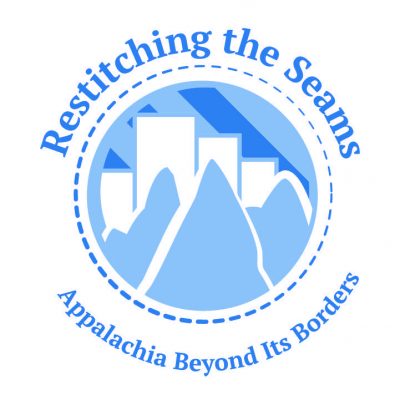Participation Type
Paper
Presentation #1 Title
“A Path in the Shape of Their Bodies”: Intersections of Disability Studies and Appalachian Studies
Presentation #1 Abstract or Summary
Connections between disability and Appalachia are perhaps most commonly observed through the prism of disability within Appalachia. Using a medical model of disability and little more than a topographic map of the region, the stories of disability and Appalachia focus on rates of disability services and Supplementary Security Income, on monikers like “the diabetes belt,” and heartbreaking reports on the opioid crisis. The problem with these stories is not their inaccuracy, or in many cases their unhelpfulness, but their inability to include larger conceptualization of both the identity and the region. For instance, as academic disciplines and people groups both disability studies and Appalachian studies are consistently defined by outsiders in order for normalcy to be enforced. In Appalachia On Our Mind, Henry Shapiro writes that Appalachia is more than a geographic region, it is an idea that reflects the needs of the person with the ability to categorize: “the attitude one struck towards Appalachia had less to do with one’s perception of the reality of mountain life than with one’s conception of what America was or ought to be” (65). Likewise, disability theorist Tobin Siebers writes “Disability has provided the public imagination with one of its most powerful symbols…but it always symbolizes something other than itself” (48).
This presentation will provide an overview of the intersection between disability studies and Appalachia studies through following an evolution of how disability is represented in seminal, literary texts of the region (e.g. James Still, Denise Giardina, Ron Rash, and Anne Pancake). Rather than a discussion that continues a medical model of disability, I hope to begin a conversation that considers how conceptions of disability can inform Appalachian identities, and how conceptions of Appalachia can inform conceptions of disability.
At-A-Glance Bio- Presenter #1
Brent Walter Cline is an Associate Professor of English at Spring Arbor University. He has published and presented both within the fields of disability studies and Appalachian studies.
Conference Subthemes
Diversity and Inclusion
“A Path in the Shape of Their Bodies”: Intersections of Disability Studies and Appalachian Studies
Connections between disability and Appalachia are perhaps most commonly observed through the prism of disability within Appalachia. Using a medical model of disability and little more than a topographic map of the region, the stories of disability and Appalachia focus on rates of disability services and Supplementary Security Income, on monikers like “the diabetes belt,” and heartbreaking reports on the opioid crisis. The problem with these stories is not their inaccuracy, or in many cases their unhelpfulness, but their inability to include larger conceptualization of both the identity and the region. For instance, as academic disciplines and people groups both disability studies and Appalachian studies are consistently defined by outsiders in order for normalcy to be enforced. In Appalachia On Our Mind, Henry Shapiro writes that Appalachia is more than a geographic region, it is an idea that reflects the needs of the person with the ability to categorize: “the attitude one struck towards Appalachia had less to do with one’s perception of the reality of mountain life than with one’s conception of what America was or ought to be” (65). Likewise, disability theorist Tobin Siebers writes “Disability has provided the public imagination with one of its most powerful symbols…but it always symbolizes something other than itself” (48).
This presentation will provide an overview of the intersection between disability studies and Appalachia studies through following an evolution of how disability is represented in seminal, literary texts of the region (e.g. James Still, Denise Giardina, Ron Rash, and Anne Pancake). Rather than a discussion that continues a medical model of disability, I hope to begin a conversation that considers how conceptions of disability can inform Appalachian identities, and how conceptions of Appalachia can inform conceptions of disability.

